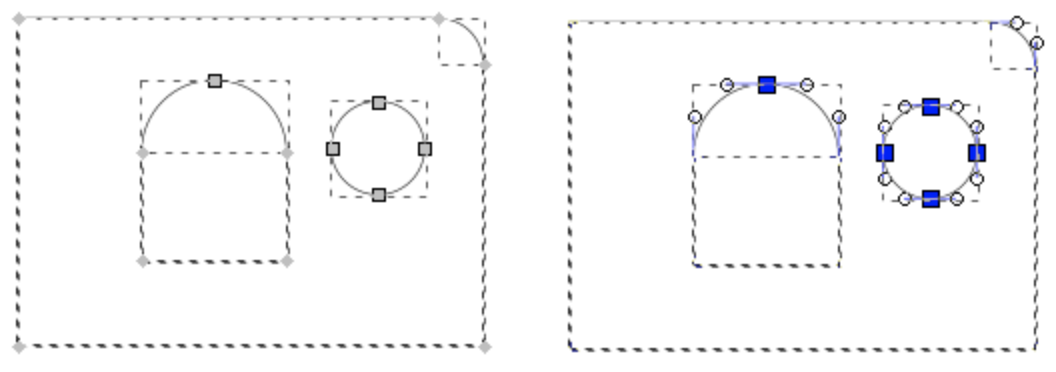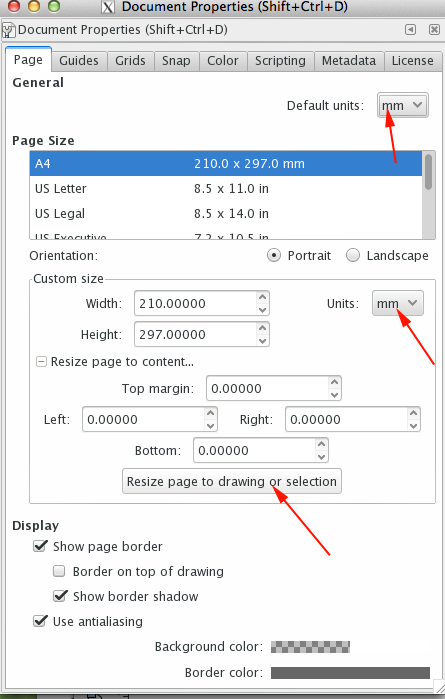
- #Inkscape dxf pedit for free#
- #Inkscape dxf pedit full#
- #Inkscape dxf pedit software#
- #Inkscape dxf pedit trial#
- #Inkscape dxf pedit Pc#
Here are a few of the things that I have managed to do: There are also a few other images that I wanted to engrave but have not been able to till now. It's "yogi", mascot of the unit I served with back in the 70's and wanted to make a plaque for a few of the guys I served with at the time. I did download some dxf files from the internet and engraved them for my dragon mad son but no one has that image I posted in my OP. I'll have to search around and see if I can find a better one or find a way of cleaning it up in CamBam. I did download a program called "Image2cad" which does trace centre lines but it looked uglier than my hand tracing so I gave up on it. I tried tracing by hand but curves weren't curves any more and straight lines looked like a worm, just don't have that steady hand for it I guess but I'll keep on practicing and maybe I'll get it right one day.
#Inkscape dxf pedit Pc#
The problem with that though is that it runs on Ubuntu only which means that you either need a dual boot PC or a second PC to run it on. Ohers use Mach3 but that's a little too expensive for a hobbyist like myself whereas Linuxcnc is opensource and completely free to use. It looks ugly but works and as a hobbyist I really don't need any more than that.ĬamBam is a sofware that converts dxf files into GCode but does not control the CNC, for that I use Linuxcnc.

#Inkscape dxf pedit full#
But wood I can cut at full speed at around 600 to 800mm a minute. My CNC is made out of wood and MDF so I would have to cut slowly otherwise it'd probably just fall apart. I am using a 400watt edge trimmer and that would be able to cut the metals mentioned above but at reduced speeds. if you have the cutting tools for them and a strong enough built CNC and a somewhat powerful router. With a CNC Router you can cut and engrave wood as well as soft metals such as aluminium, brass etc. Hi brynn, thank you very much for taking the time to reply and try out interpolate for me, really appreciate it. But the first 2 options I mentioned really have a good chance for success.

In yours, you really have several to many subpaths. Ok no, Interpolate does not work at all for this! It might, if you just had a very simple original drawing, with only 2 subpaths in the trace result. Set the interpolation steps me do some experimenting, and I'll let you know what I learn. But I've been wondering if you could use the original "double lines" produced from Trace Bitmap, and apply Extensions > Generate from path > Interpolate. It might be helpful to have some idea of strengths and weaknesses of different ones.)Īnyway, I have been thinking of a rather ugly way to use the trace result from the original PNG, but I haven't actually tried it, and have no idea whether it might work. (I really should do a search to find some other trace engines.
#Inkscape dxf pedit trial#
And there truly are a lot of variables that you can tweak, so you might be able to achieve something acceptable, after much trial and error. You'll just have to try it, to understand what I mean. Sharp corners get rounded, lines don't always touch each other where they should, curves may be distorted.

It's hard to describe why, but it seems to make.not necessarily illogical choices about where to break paths and start new 's more the paths themselves do not stay true to the image. But it's probably not going to work for this image. I know about this one which does have a centerline trace option, and produces a single path result. And you could find many websites that sell packages of SVG or maybe even cutter sites that sell DXFs.ģ) There may be a trace engine, somewhere, that will do an acceptable centerline trace.
#Inkscape dxf pedit for free#
There's a huge amount of those available for free at Open Clipart Library. That way the original PNG stays in the same file, in case you should ever need it again (perhaps to edit the SVG/DXF later or something).Ģ) Another way would be to find images that are already SVG/DXF. When you're finished, you could hide the layer altogether. You could have the PNG in a separate layer, and reduce the opacity, if that would make it easier to trace. And honestly, I'm not sure how folks manage this, but I can think of a couple of things.ġ) One would be to Import the PNG, and then use Inkscape's Pen or Pencil tool to trace over the lines "by hand". You'll have to find some other technique to convert the PNGs. If so, then yes, that's just how Trace Bitmap works.
#Inkscape dxf pedit software#
The "CNC Router cutter" cuts wood, right? Not that it matters really, I guess, just curiousĪnd CamBam is the software for the router? You used Inkscape's Trace Bitmap to convert to SVG and/or DXF?


 0 kommentar(er)
0 kommentar(er)
